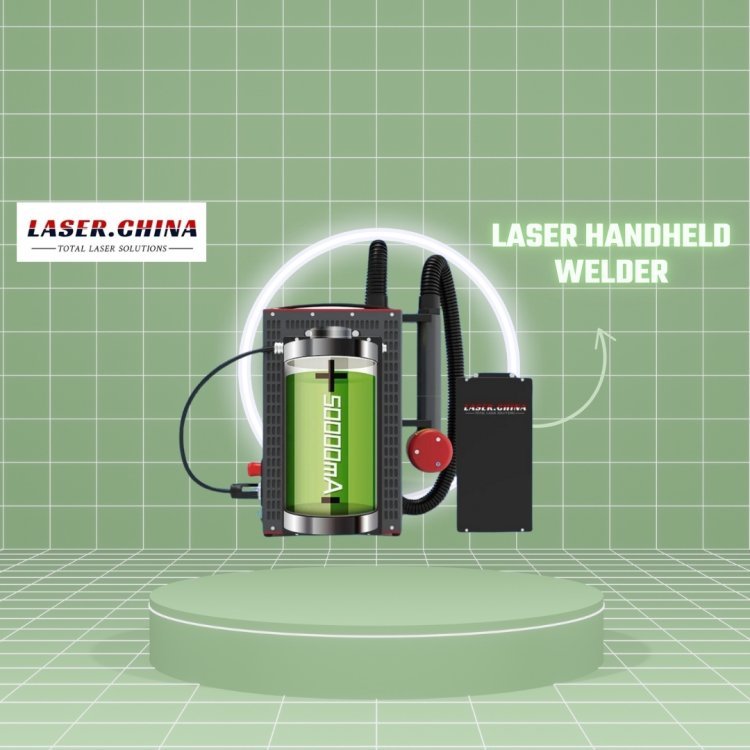How does a handheld metal laser work and what are its key applications in modern industries
A handheld metal laser is a powerful tool used in various industries for cutting, engraving, welding, and cleaning metal surfaces.

A handheld metal laser is a powerful tool used in various industries for cutting, engraving, welding, and cleaning metal surfaces. It operates using high-intensity laser beams that can precisely manipulate metal materials with minimal physical contact. The technology behind these lasers has advanced significantly, making them more efficient, portable, and user-friendly for industrial and commercial applications.
How a Handheld Metal Laser Works
Handheld metal lasers use fiber laser or CO₂ laser technology to emit a focused beam of light. This beam is highly concentrated and directed onto the metal surface, causing localized heating. Depending on the application, the laser beam can either cut through the material, engrave detailed patterns, weld metal parts together, or remove rust and impurities from surfaces.
- Laser Cutting: The laser melts or vaporizes the metal in a precise manner, allowing clean and accurate cuts with minimal waste.
- Laser Engraving & Marking: The laser alters the metal’s surface by removing a thin layer, creating permanent markings for branding, serial numbers, and artistic designs.
- Laser Welding: The intense heat from the laser fuses metal pieces together, forming strong and durable welds with minimal distortion.
- Laser Cleaning: The laser removes rust, paint, and contaminants from metal surfaces without damaging the base material, making it an eco-friendly alternative to chemical or abrasive cleaning.
Key Features and Benefits
- Portability and Convenience – Unlike large industrial laser systems, handheld metal lasers are compact, lightweight, and easy to maneuver. This makes them ideal for on-site operations, fieldwork, and small workshops.
- Precision and Efficiency – The laser beam provides high accuracy, ensuring minimal material wastage and reducing the need for additional finishing work.
- Versatility – These lasers can be used on various metals, including stainless steel, aluminum, copper, and titanium, making them suitable for industries such as automotive, aerospace, manufacturing, and jewelry-making.
- Reduced Maintenance Costs – Since lasers have no moving parts in direct contact with the material, they experience less wear and tear compared to traditional tools.
- Eco-Friendly Operation – Laser cleaning eliminates the need for hazardous chemicals, while laser cutting and welding reduce material waste, making these processes environmentally friendly.
Applications in Modern Industries
Handheld metal lasers are widely used in industries that require precision and durability.
- Manufacturing & Fabrication: Used for cutting, engraving, and welding metal components.
- Automotive Industry: Employed in vehicle repair, welding, and marking of parts.
- Aerospace & Defense: Used for precision cutting and welding in aircraft and defense equipment.
- Jewelry & Custom Design: Engraves intricate designs on metal surfaces for branding and personalization.
- Shipbuilding & Heavy Machinery: Removes rust and old coatings for maintenance and repair work.
Conclusion
Handheld metal lasers have revolutionized metalworking processes, offering a versatile, precise, and efficient solution for cutting, welding, engraving, and cleaning. As laser technology continues to improve, these devices will become even more accessible and beneficial to industries worldwide.
What's Your Reaction?














